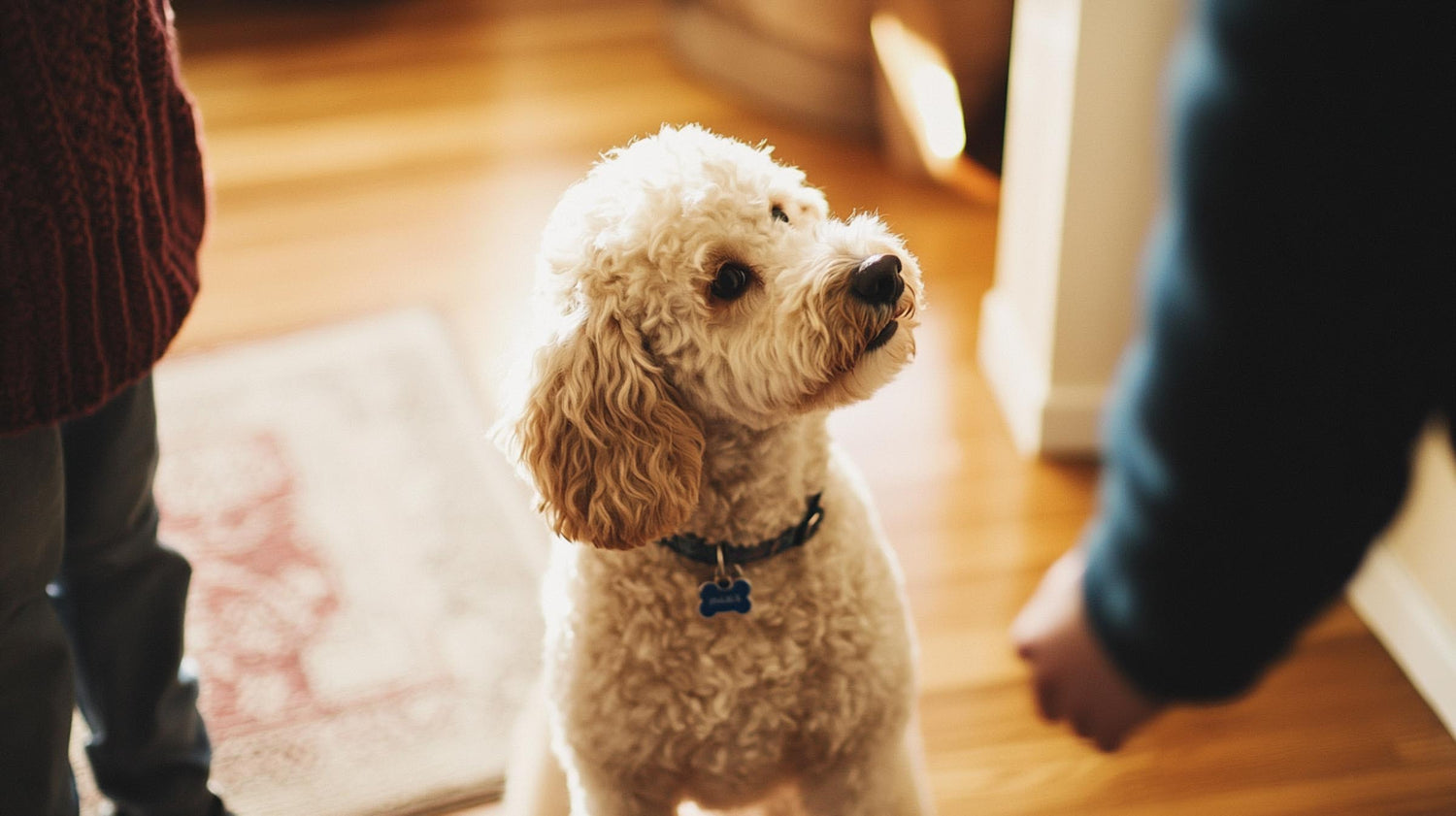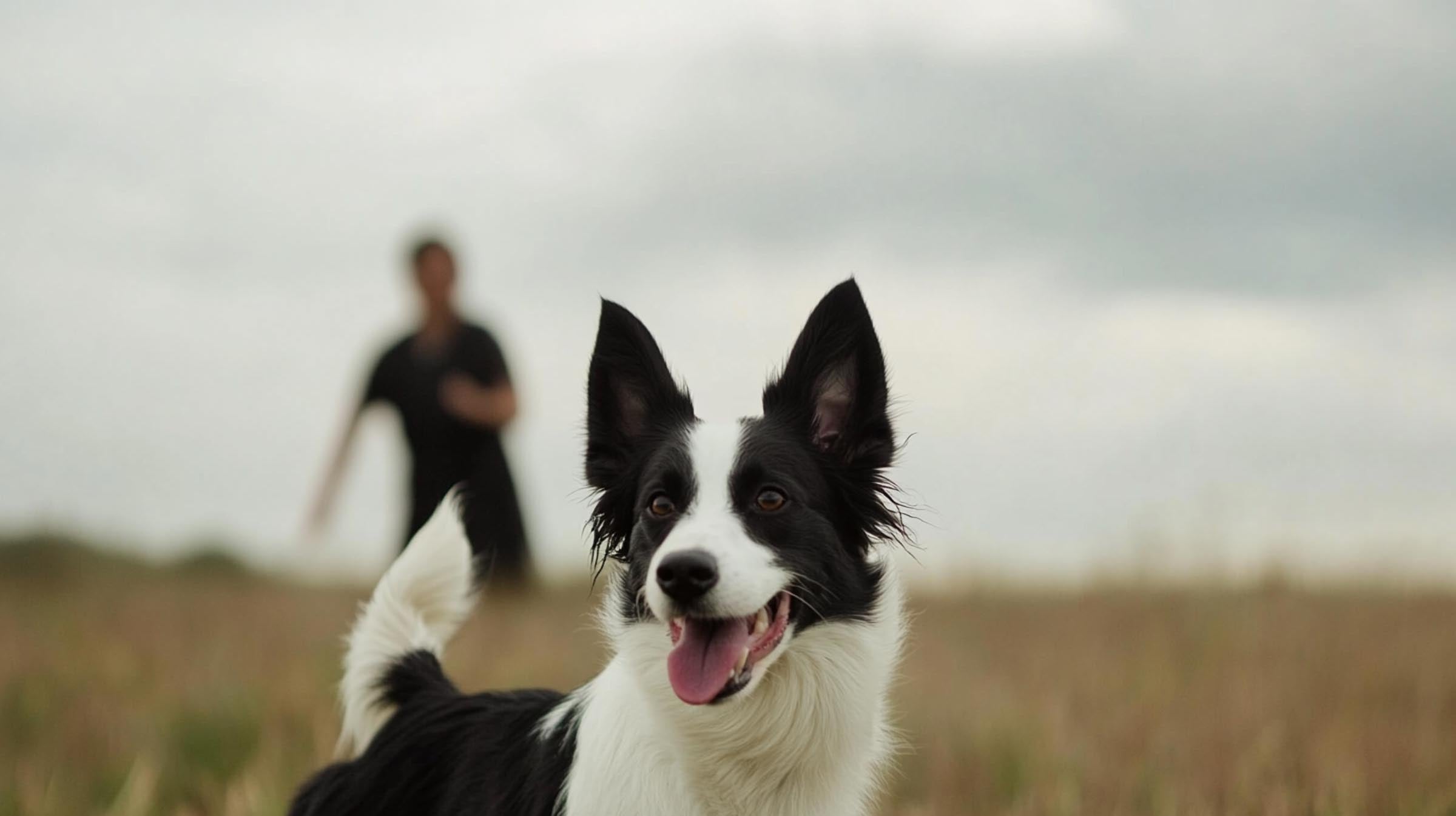Effective dog training sessions go beyond just issuing commands; they require structure, fun, and consistency. By carefully planning each session and adapting to your dog’s needs, you can teach them new behaviours while building a stronger bond. Below, we explore strategies to run successful training sessions that keep your dog engaged, eager to learn, and, most importantly, happy.
Summary
- Keep sessions short: Limit to 10-15 minutes for optimal focus.
- Incorporate play: Use games like fetch and hide-and-seek to mix fun with learning.
- Set clear goals: Have a specific goal for each session and track progress.
- End on a high note: Conclude with a simple command your dog knows well.
- Watch for signs of fatigue: Recognise when your dog is tired or overstimulated.
- Focus on quality over quantity: Master one or two commands per session.
Keep Training Sessions Short and Focused
To ensure that your dog remains engaged and attentive, keeping your training sessions short is crucial. Dogs have a limited attention span, so training for long periods can lead to frustration or distraction. Aim to keep sessions between 10-15 minutes.
- Shorter sessions maintain your dog’s focus.
- Allows for multiple training opportunities throughout the day.
- Prevents boredom or overstimulation.
Tip: Try two or three short sessions a day instead of one long one. This allows for repetition without overwhelming your dog.
Use Play as Part of Training
Training doesn’t always have to feel like work. By incorporating fun activities into your training sessions, you can make learning more enjoyable for your dog. Games like fetch or hide-and-seek are excellent ways to teach commands in a playful environment.
- Reinforce commands like “sit,” “stay,” and “recall” during games.
- Keeps your dog motivated and engaged through variety.
- Helps build positive associations with training.
Tip: Use a high-energy game like tug-of-war as a reward for completing a training task. This keeps your dog excited about learning.
Balance Fun with Discipline
It’s important to find the right balance between having fun and maintaining discipline during training sessions. While incorporating play is great, structure ensures your dog understands when specific behaviours are expected.
- Set clear goals for each session, even during play.
- Mix commands with play to reinforce learning.
- Ensure there’s structure by practising key behaviours regularly.
Tip: During a game of fetch, pause the play periodically to practise commands like “sit” or “stay” before resuming the game. This helps your dog practice commands even when excited.
Recognise When to End a Session
Training sessions should be positive experiences, and knowing when to end a session is just as important as starting one. Overtraining can lead to stress or disinterest in your dog, so watch for signs of fatigue.
- Signs of mental exhaustion include ignoring commands or becoming distracted.
- Physical signs of stress can include yawning or excessive panting.
- End the session with a command your dog knows well to reinforce positivity.
Tip: Always end on a successful note. Ask for a simple command like “sit” and reward them, even if the session was challenging.
Focus on One Goal per Session
The key to an effective training session is focusing on one primary goal. By targeting a specific behaviour, you ensure your dog masters the command and doesn’t get overwhelmed by learning too many things at once.
- Focus on a single command or behaviour, like recall or staying in place.
- Break the command down into smaller parts if necessary.
- Track progress over time by gradually increasing the difficulty.
Tip: Keep notes on your dog’s progress. If a command isn’t sticking, revisit it in the next session with fewer distractions or more frequent rewards.
Use Rewards Strategically
Rewarding your dog during training is essential for reinforcing good behaviour, but timing and frequency are key. Early on, frequent rewards work best, but as your dog improves, you should start to space out treats to encourage patience.
- Use high-value treats or toys as rewards for challenging tasks.
- Gradually phase out treats for easier commands, replacing them with praise or affection.
Tip: Experiment with different reward systems. Some dogs respond well to verbal praise or a quick play session as much as they do to treats.
Adjust Training for Your Dog’s Learning Style
Not every dog learns in the same way. Some dogs respond well to verbal commands, while others may need hand signals or physical guidance. Tailoring your training to your dog’s unique learning style will make the sessions more effective.
- Test different cues (verbal, visual, or tactile) to find what works best.
- Combine cues for complex behaviours to reinforce understanding.
- Adjust the difficulty based on how your dog responds to each method.
Tip: If your dog struggles with one type of command, try switching to a different cue (such as using hand signals) to help them grasp the behaviour more quickly.
Be Patient and Consistent
Patience is essential when training your dog. Progress may take time, and dogs may not always catch on right away. However, with consistent practice and a calm demeanour, your dog will improve.
- Repeat commands consistently to build a solid foundation.
- Reward small wins, even if they aren’t perfect.
- Stay calm if your dog struggles, and adjust your training approach.
Tip: Break challenging behaviours into smaller steps and reward each step. This makes it easier for your dog to understand complex tasks over time.
Conclusion
Running effective dog training sessions requires a mix of short, engaging activities, clear goals, and strategic rewards. By focusing on fun, maintaining discipline, and recognizing when your dog is tired, you can create positive learning experiences. Remember to be patient, consistent, and always end on a positive note to ensure continued success in future sessions. The ultimate goal is to make training enjoyable, rewarding, and beneficial for both you and your dog.




Leave a comment
This site is protected by hCaptcha and the hCaptcha Privacy Policy and Terms of Service apply.